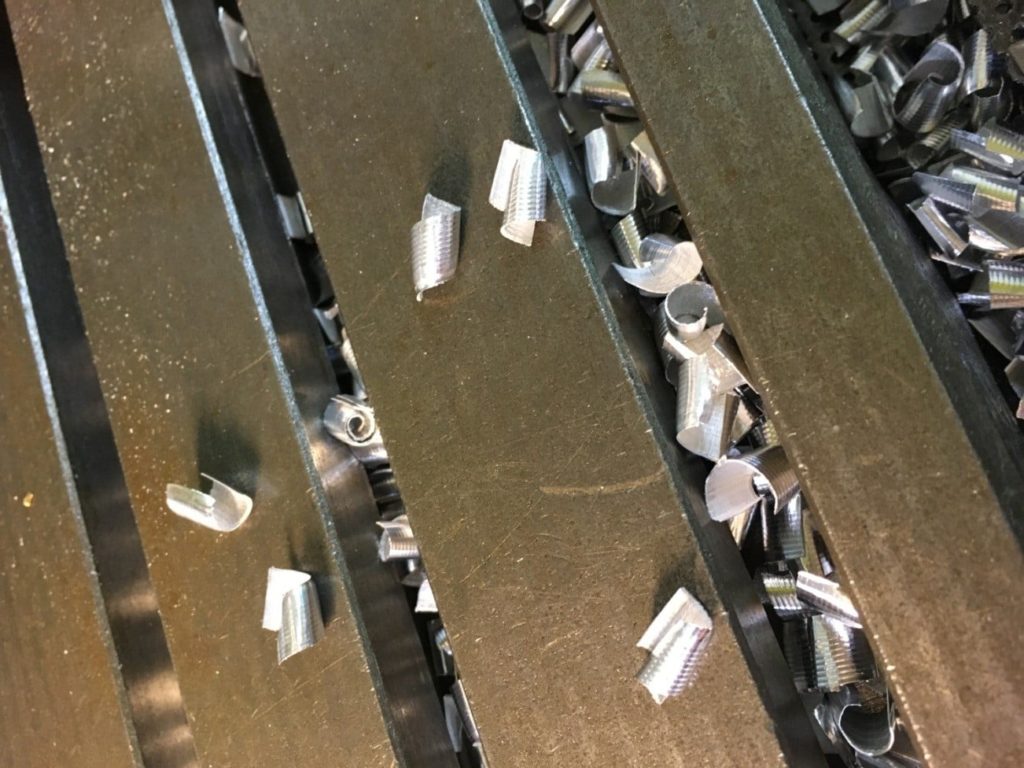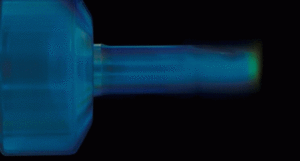- Blog
- Technical talk
- Conventional roughing
Every year, apprentices in the metal industry take their first steps in metal machining on conventional lathes and milling machines. What we would like is for them to become familiar with the outstanding performance of quasi-dry machining – and enjoy a clean working environment. We therefore believe it is high time to positively change the job image of a mechanic with this clean and ecological technology and make it more attractive once more for young people. But isn’t quasi-dry machining reaching its limits on conventional machines? A practical test provides an insight.
Quasi-dry machining on conventional machines
The ingredients for a trial are straightforward: you take a small, conventional milling machine, a big block of aluminium and a 2-nozzle Unilube system. In our scenario we used a roughing cutter (face-milling cutter) with a diameter of 50 mm fitted with tool inserts. This was used to mill over an AlMgSi 0.5 aluminium block with a width of 40 mm. The depth feed was then increased in several passes.
Cutting data
Vc = 112 m/min
n = 710 min-1
ap = 10 mm
ae = 40 mm
Fz = 0.08
Vf = 400 mm/min
oil consumption: 2.8 ml/h
Course of the trial and challenges
The maximum depth feed (ap) of the tool insert was reached at 10 mm. The feed rate per tooth (fz) was then gradually increased. Then everything unfortunately came to an end due to the machine performance. With a fz value of 0.1 per tooth, the spindle slowed the speed down until it came to a standstill and the tool displaced the aluminium block together with the vice. Thanks to the minimum quantity lubrication, there were no cold welds nevertheless. After realigning the vice and checking the tool, the feed rate per tooth was reduced to 0.08. Using this fz value it was possible to mill several passes without any problem. The spindle did visibly reach its maximum load, yet the result was perfect. For the fun of it, one of the two lubricating nozzles was then removed – and lo and behold, during the next pass, the tool very quickly came to a stop and the tool inserts revealed very severe cold welds.

Convincing result
Performance always has a limit – in this case it was limited by the conventional milling machine. Our experience shows, however, that the tool can deliver its full performance with a correctly construed total-loss lubrication and frequently even higher cutting speeds can be travelled. And this with an oil consumption of just 2.8 millilitres per processing hour!
Did you like this blog article? Subscribe to our newsletter and we will provide you with the latest specialist knowledge all round quasi-dry machining every month.



